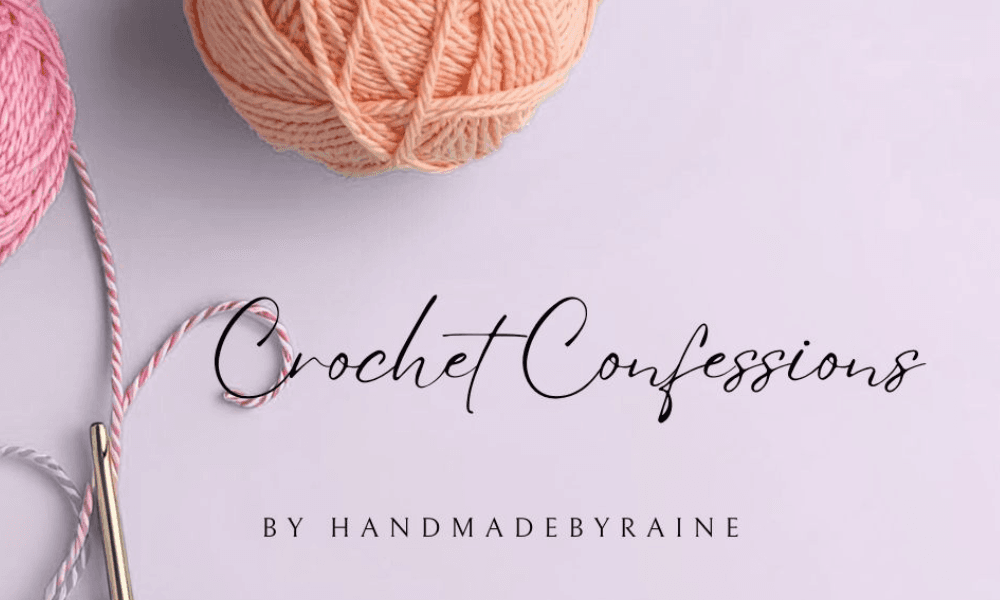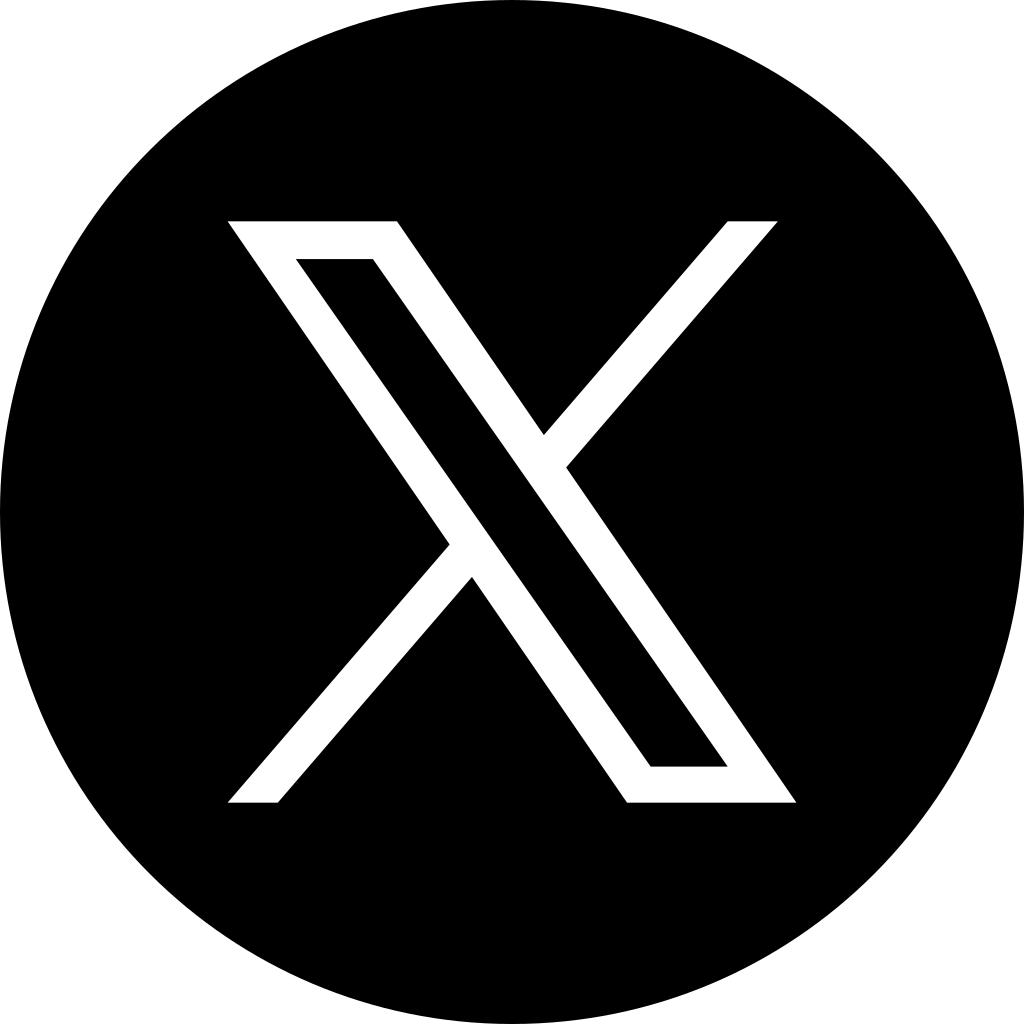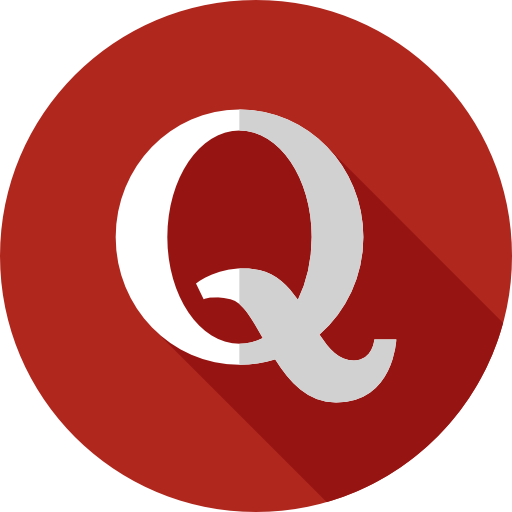Overview
This is a young European jewelry brand founded in 2024, currently operating across Germany, France, and Spain. Built entirely on Shopify and leveraging a 100% dropshipping model, the business has demonstrated early traction with over 7,000 customers and consistent monthly revenues exceeding USD $15,000. Its fast growth is driven by localized storefronts, efficient Google Shopping campaigns, and a lean, low-overhead operating structure.
From a strategic standpoint, this Shopify brand sits at the intersection of fashion, accessibility, and digital scalability, offering a strong foundation for expansion across other European markets such as Italy, the Netherlands, and Poland. However, as with most early-stage ecommerce brands, long-term sustainability will depend on deepening customer retention and reducing reliance on paid acquisition.
Key Insights
Website Performance and Metrics
Website Speed & UX: Each Shopify storefront loads efficiently, benefiting from a clean, minimal design suited to mobile-first audiences. Localized translations and region-specific pricing enhance credibility across German, French, and Spanish markets.
Product Range & SKUs: The catalog focuses on a concise set of affordable jewelry pieces, positioned as fashion accessories rather than fine jewelry. This limited SKU approach supports fast fulfillment and focused ad optimization but may constrain repeat purchases over time.
AOV & LTV: With an average order value of approximately USD $40–$60 and early signs of repeat orders, LTV appears promising but not yet mature. Future growth will rely on bundling, upsells, and loyalty programs.
Repeat Customer Rate: Currently modest, given the brand’s age. CRM initiatives and email automation present strong upside potential.
Conversion Rate: Based on comparable Shopify fashion stores, estimated conversion rate likely sits between 1.8%–2.4%, supported by high-intent Google Shopping traffic.
Brand Positioning & Sentiment: The brand projects a youthful, aspirational tone, consistent across all touchpoints. Social proof (reviews, UGC, and testimonials) remains underdeveloped but could improve perceived trust and conversion.
Marketing Efficiency & CAC: With profitable Google Shopping campaigns and an optional performance marketing team available post-sale, CAC appears well-managed. However, growth remains tightly tied to paid traffic; organic traction (SEO, influencer partnerships) is still underexploited.
Scalability & Market Expansion: The localized Shopify and GMC infrastructure provides a repeatable model for new markets. Operational scalability is strong, given the absence of physical inventory and fully automated fulfillment.
Product Offering & Repositioning Potential: The store could reposition slightly toward “affordable gifting” or “everyday luxury” to boost repeat purchases and cross-border appeal.
Financials
Metric: | Value (USD) |
Annual Revenue (Est.): | $180,000+ |
Annual Profit (Est.): | $70,000+ |
Monthly Revenue: | $15,000+ |
Monthly Profit: | $7,000–$9,700 |
Profit Margin: | ~45–55% |
Business Age: | 1 year |
Customers: | 7,100+ |
Email List: | 6,393 subscribers |
Comment on Revenue & Profit: The business demonstrates solid early profitability, especially given its short operational history. Margins are above average for dropshipping, reflecting efficient ad spend and supplier arrangements.
Comment on Multiples: Based on current profit levels, a multiple of 2.5–3x annual profit would be reasonable, reflecting both growth potential and execution risk typical of young ecommerce brands.
Marketing Analysis (Paid & Organic)
Paid Marketing:
The online store’s growth is heavily driven by Google Shopping and Performance Max campaigns across three GMC accounts. This multi-store structure gives flexibility and compliance resilience but also requires close oversight to maintain performance consistency.
Organic Marketing:
Minimal at present. SEO visibility and social engagement remain underdeveloped, limiting brand discovery outside paid channels. Email list growth is strong, though underutilized for remarketing and retention.
Opportunity:
Introducing an influencer program, user-generated content, and localized social media campaigns could significantly enhance organic visibility and trust, especially in France and Spain where localized engagement drives higher conversion rates.
Operational Efficiency
The brand benefits from a streamlined operational model. No inventory handling, automated fulfillment, and supplier relationships already in place. Shopify’s centralized dashboard simplifies oversight of all three storefronts.
Returns, customer support, and fulfillment are handled through existing Shopify apps, keeping the business highly scalable and low-maintenance. This makes the Shopify business attractive to both experienced operators and first-time ecommerce buyers.
Customer Data & Relationships
The ecommerce brand has built a meaningful data foundation: 7,100 customers and 6,393 email subscribers. Customer profiles indicate a predominantly female audience (18–35), with fashion and gifting as primary purchase drivers. The existing database can support segmentation-based email marketing, referral programs, and product recommendation automation: the key levers for increasing lifetime value.
Legal & Compliance
The business operates within EU e-commerce standards, including GDPR compliance across its localized websites. Supplier contracts appear stable but should be reviewed for exclusivity, pricing terms, and fulfillment reliability. Trademark registration and IP ownership of brand assets should be verified during the acquisition process.
Challenges Identified:
Dependence on Paid Acquisition: Heavy reliance on Google Shopping ads leaves the brand exposed to CPC fluctuations or account suspensions.
Limited Organic Presence: Weak SEO and minimal social proof limit long-term brand defensibility.
Shallow Product Depth: Small SKU count limits upselling opportunities and customer retention potential.
Youth of the Brand: With less than two years of history, operational stability and supplier consistency need verification.
Market Concentration: Germany currently drives the majority of sales, suggesting limited geographic diversification so far.
Recommendations:
Enhance Retention & LTV: Develop loyalty programs, gifting bundles, and post-purchase email sequences to drive repeat orders.
Strengthen Organic Channels: Invest in influencer collaborations, UGC-driven content, and SEO targeting fashion jewelry keywords in each language.
Validate Supplier Terms: Confirm fulfillment timelines, refund processes, and product quality control to sustain customer satisfaction.
Diversify Traffic Sources: Experiment with Meta Ads and TikTok creatives to balance acquisition costs and expand reach.
Review Legal Protections: Verify IP ownership, supplier contracts, and compliance documentation before acquisition finalization.
Engage Seller for Deeper Data: Request updated P&L statements, CAC breakdowns, refund rates, and specific reasons for sale to fully understand sustainability.
Conclusion
The brand presents a compelling acquisition opportunity: a profitable, low-overhead jewelry brand with proven traction and a scalable European framework. The infrastructure, marketing setup, and market response demonstrate clear potential for growth, especially if retention and organic visibility are developed further. While early-stage risks remain, the business offers a plug-and-play ecommerce model well-suited for investors seeking a scalable digital asset with immediate revenue and high operational leverage.



















